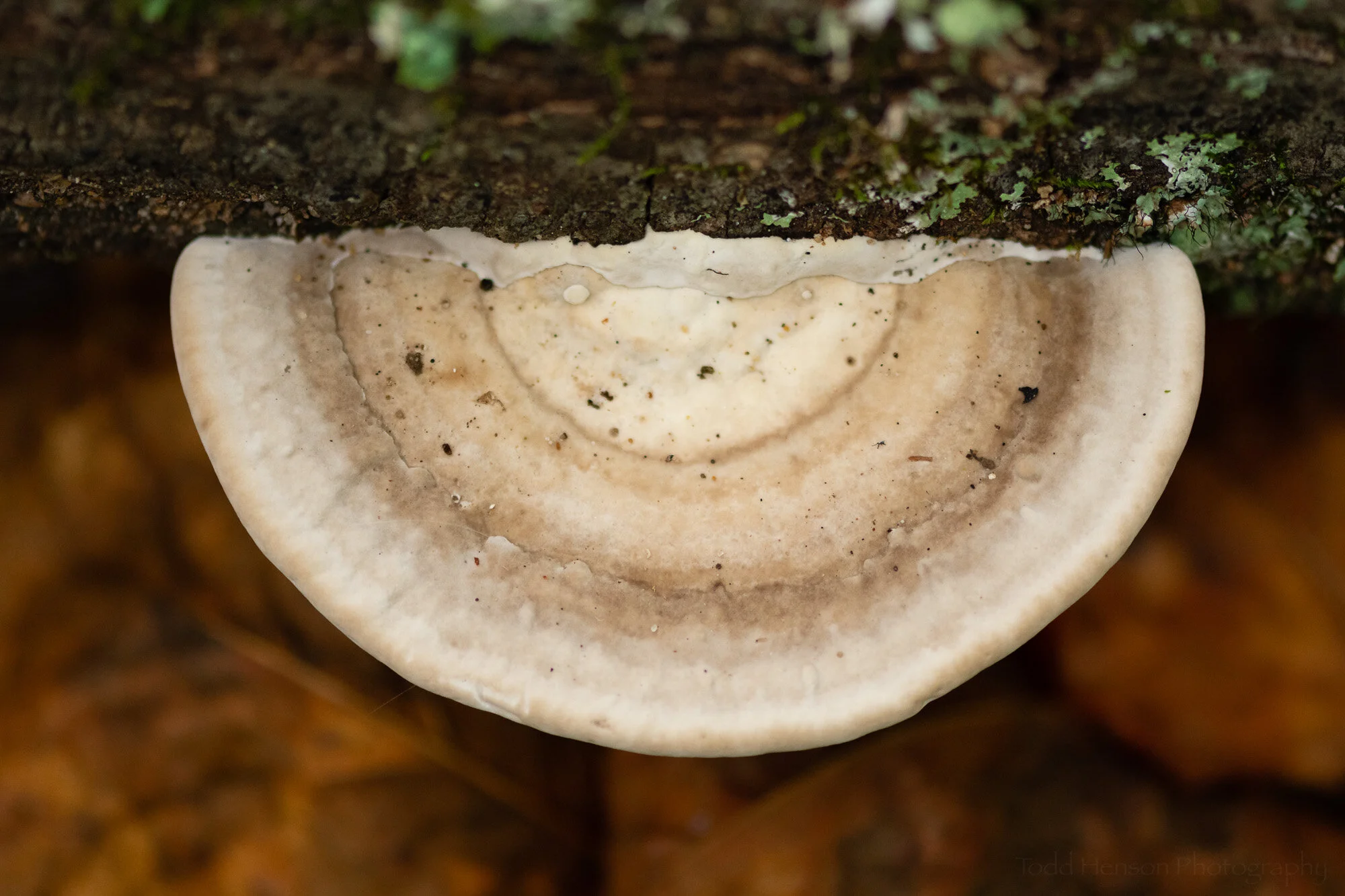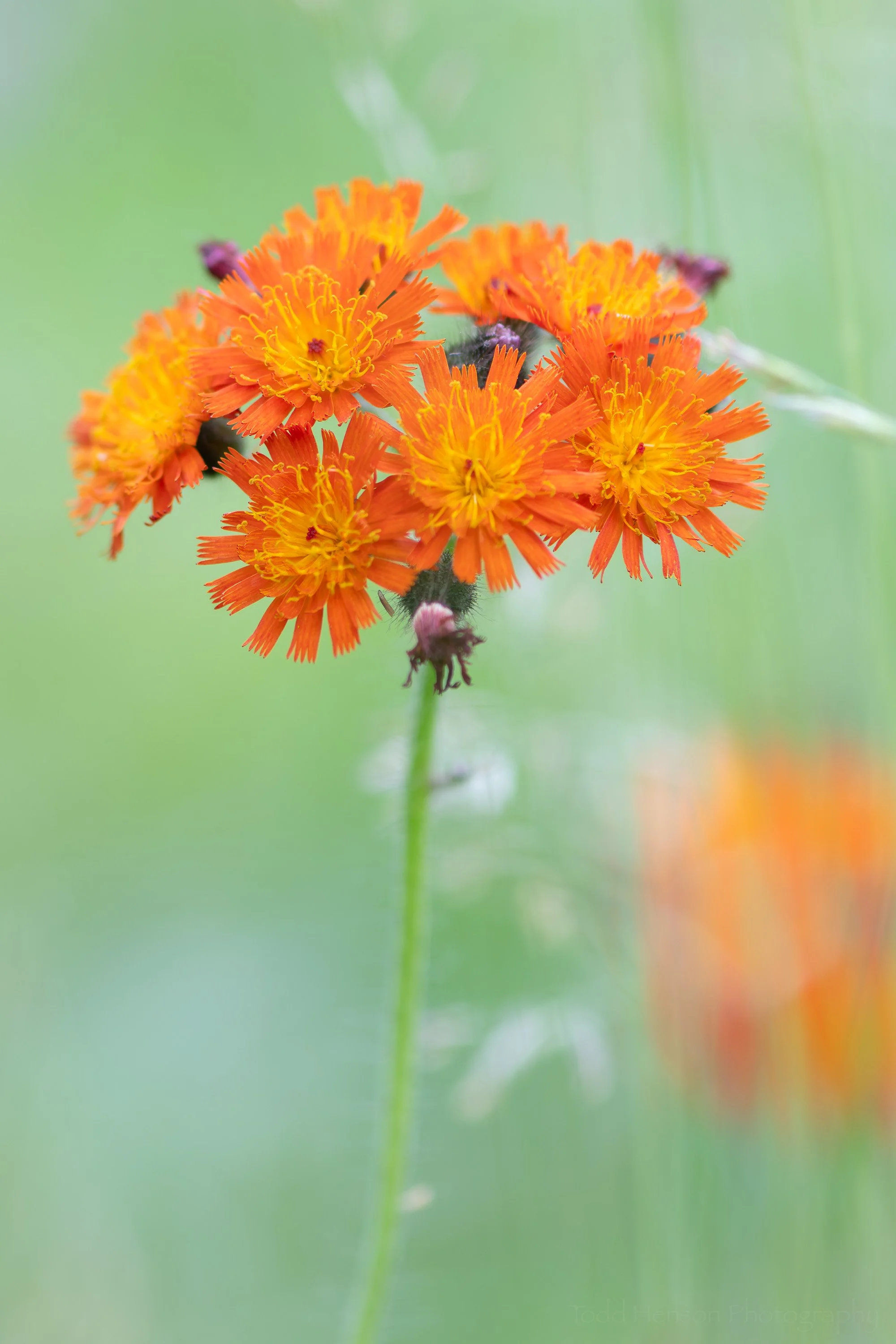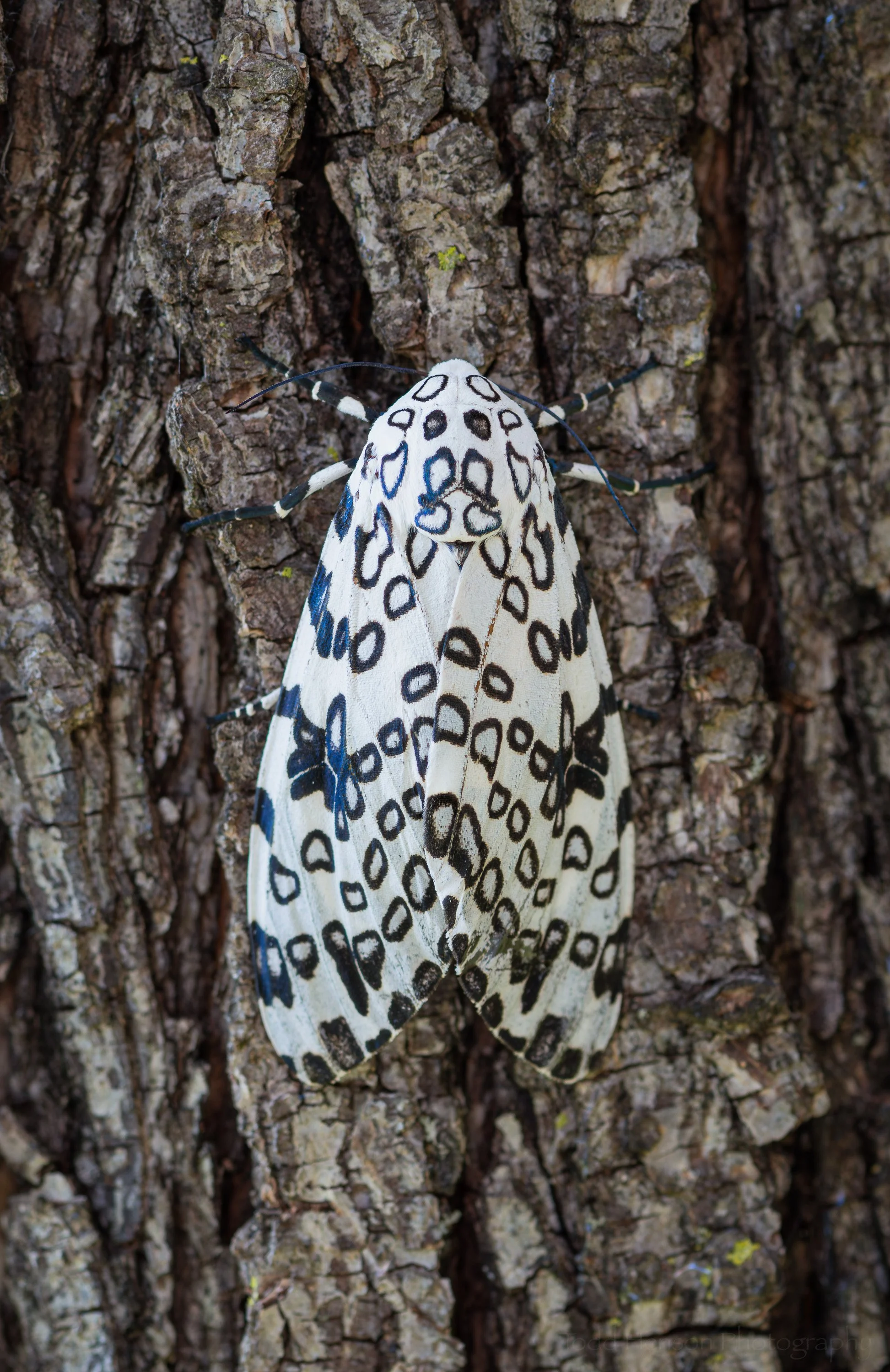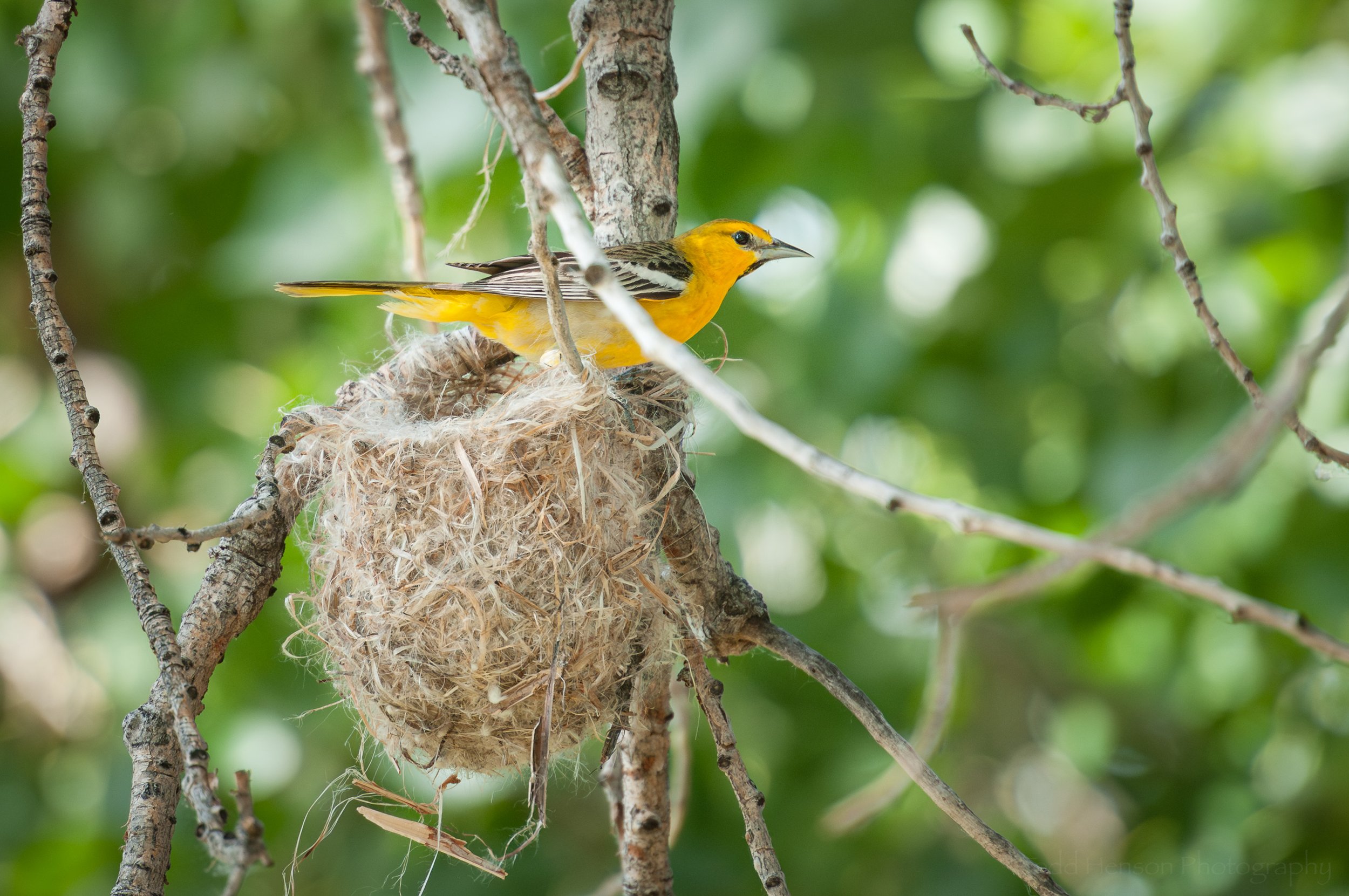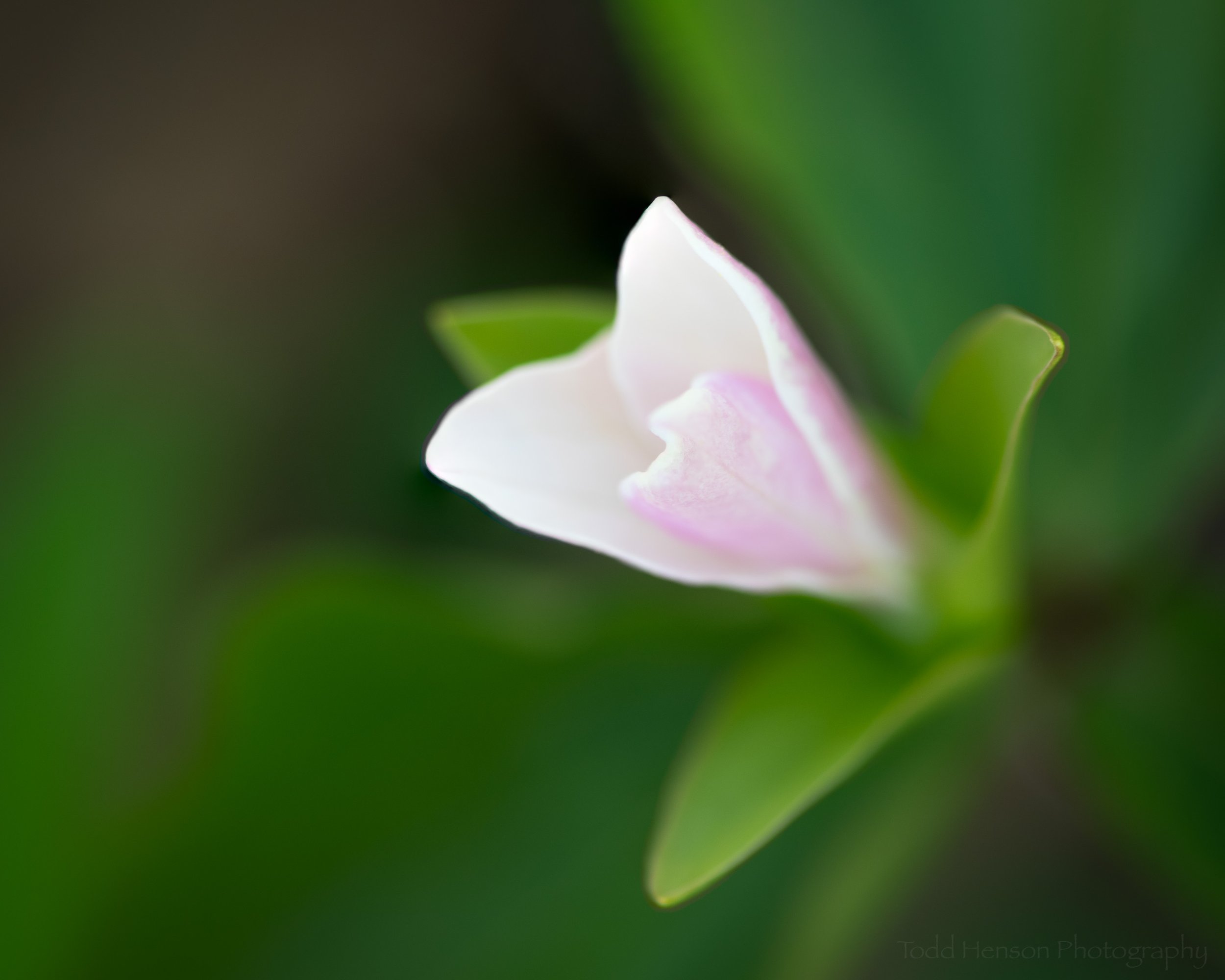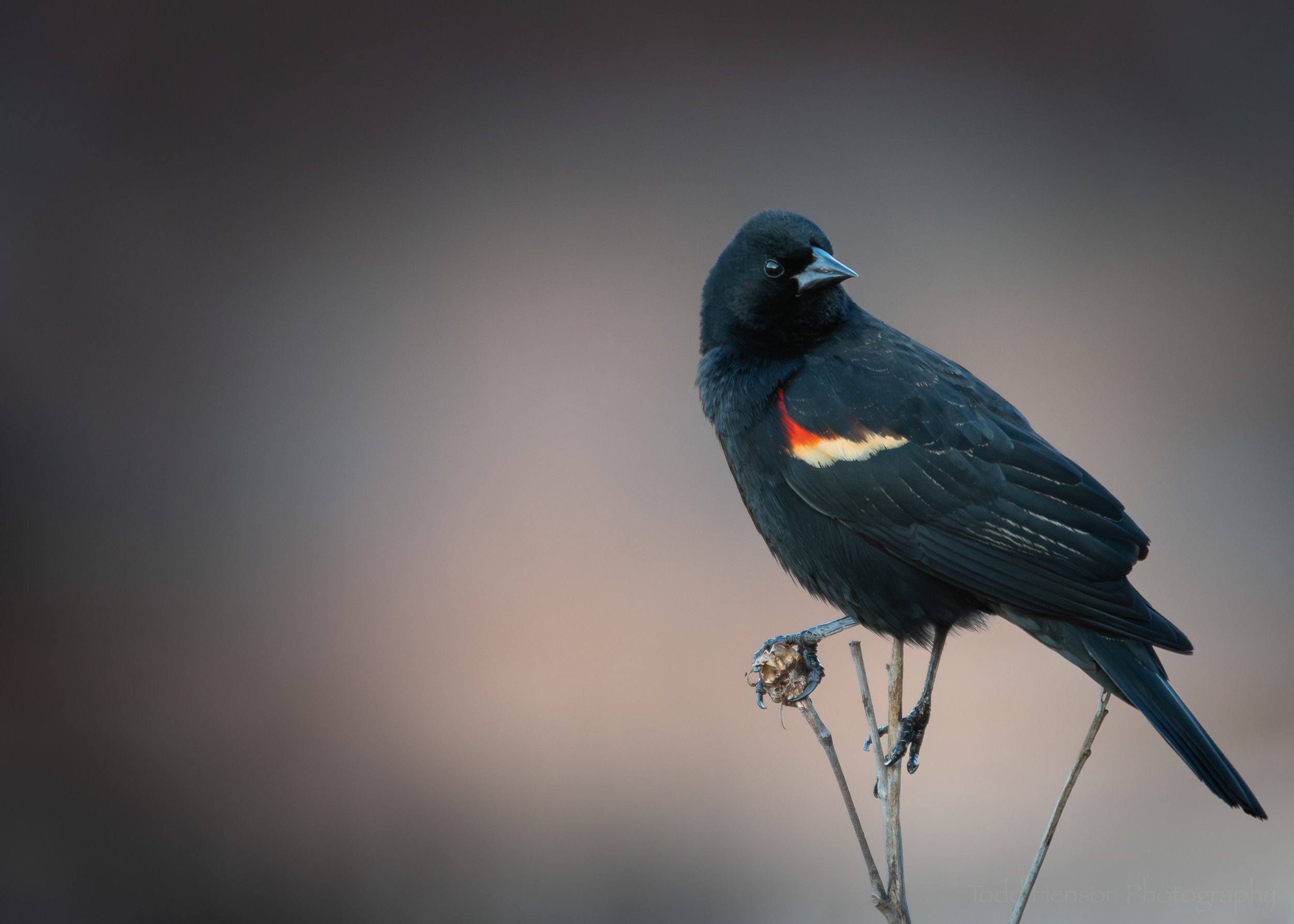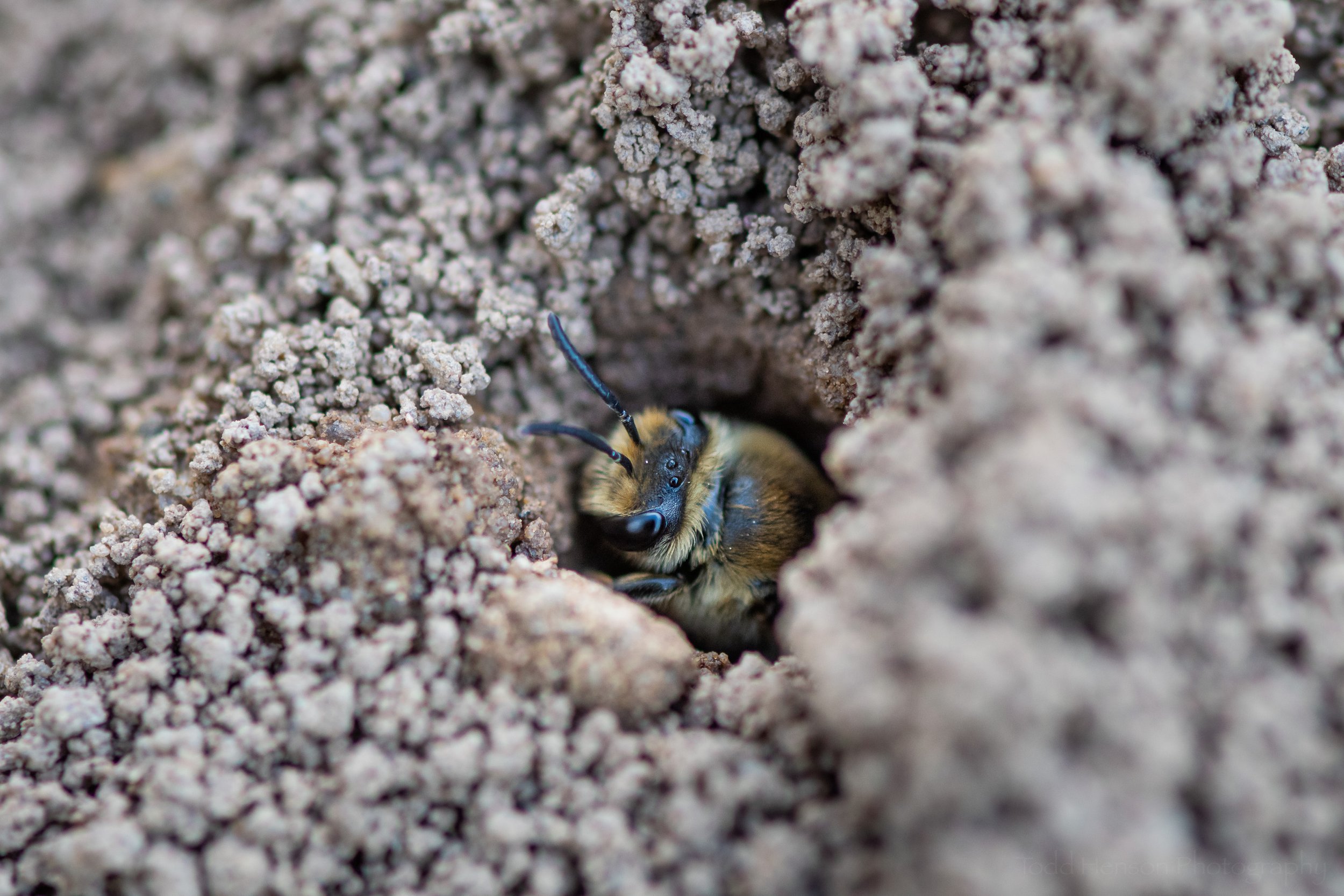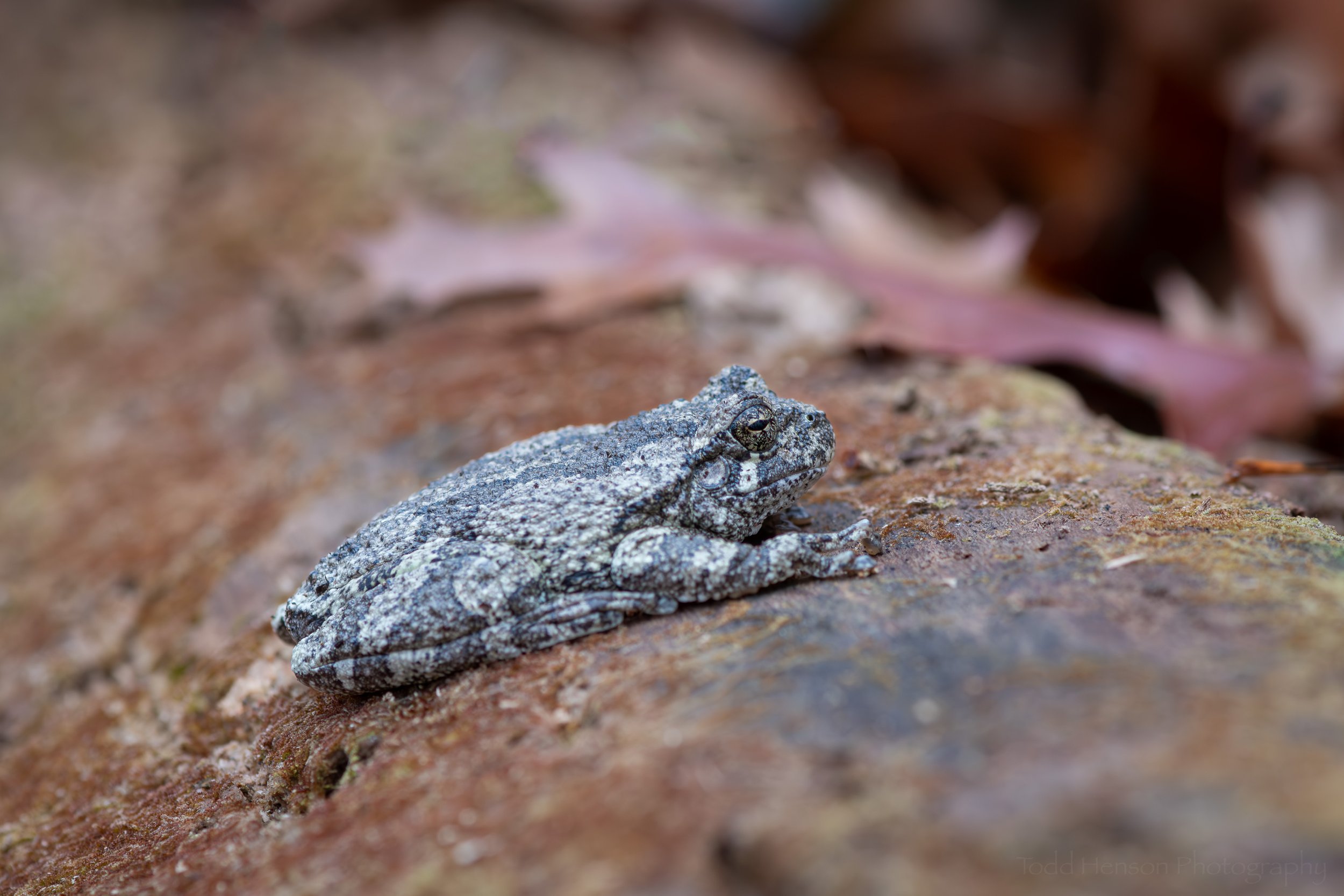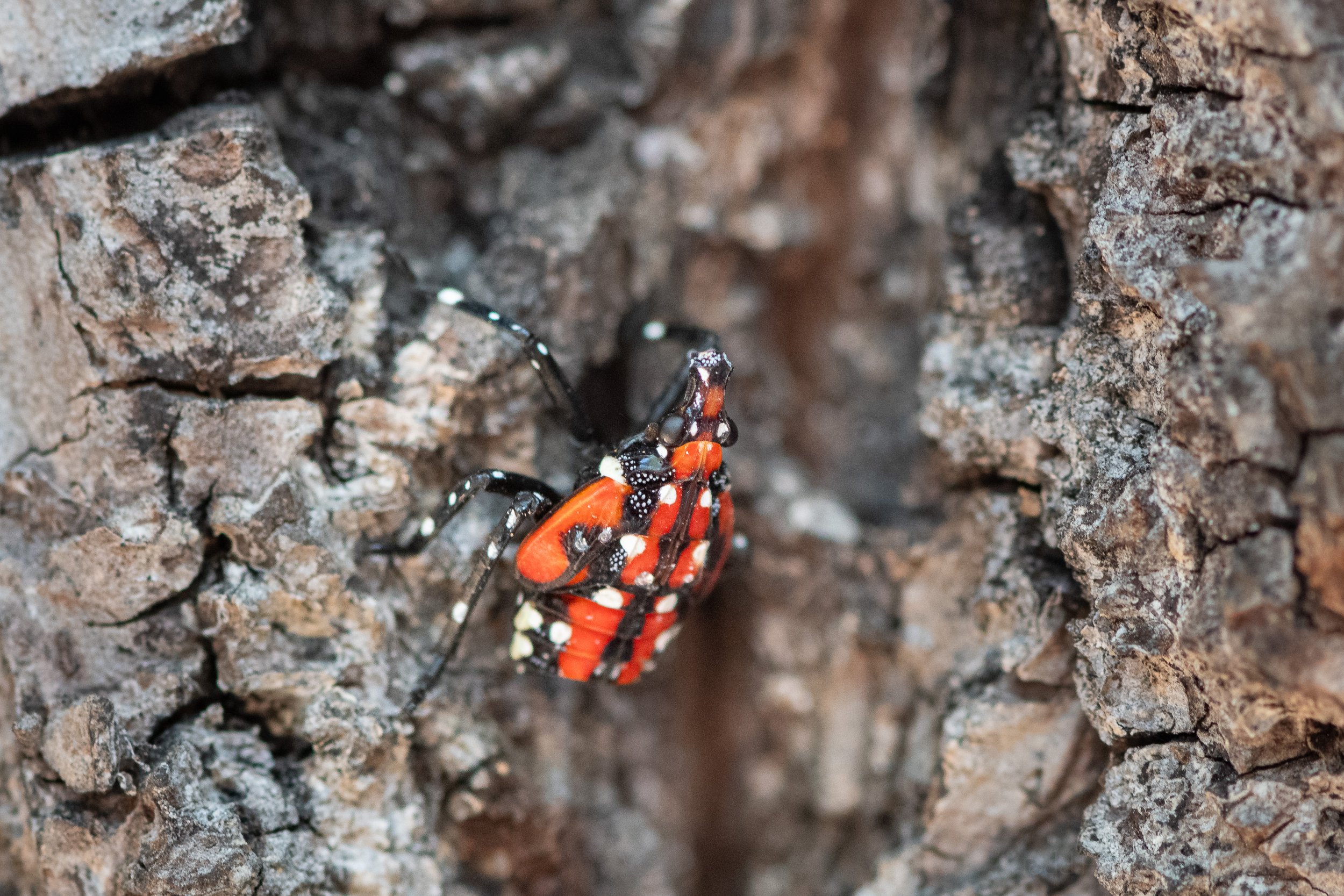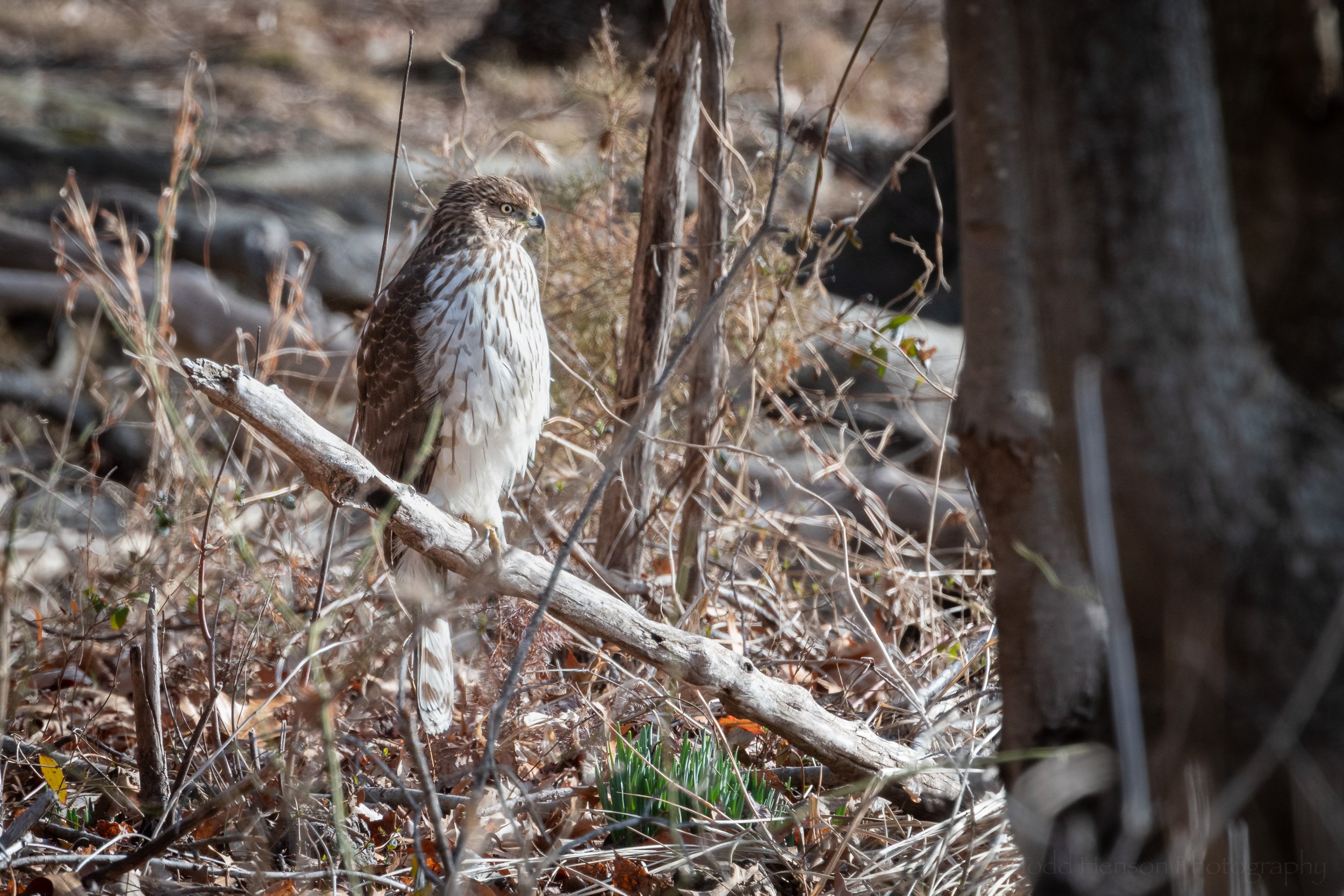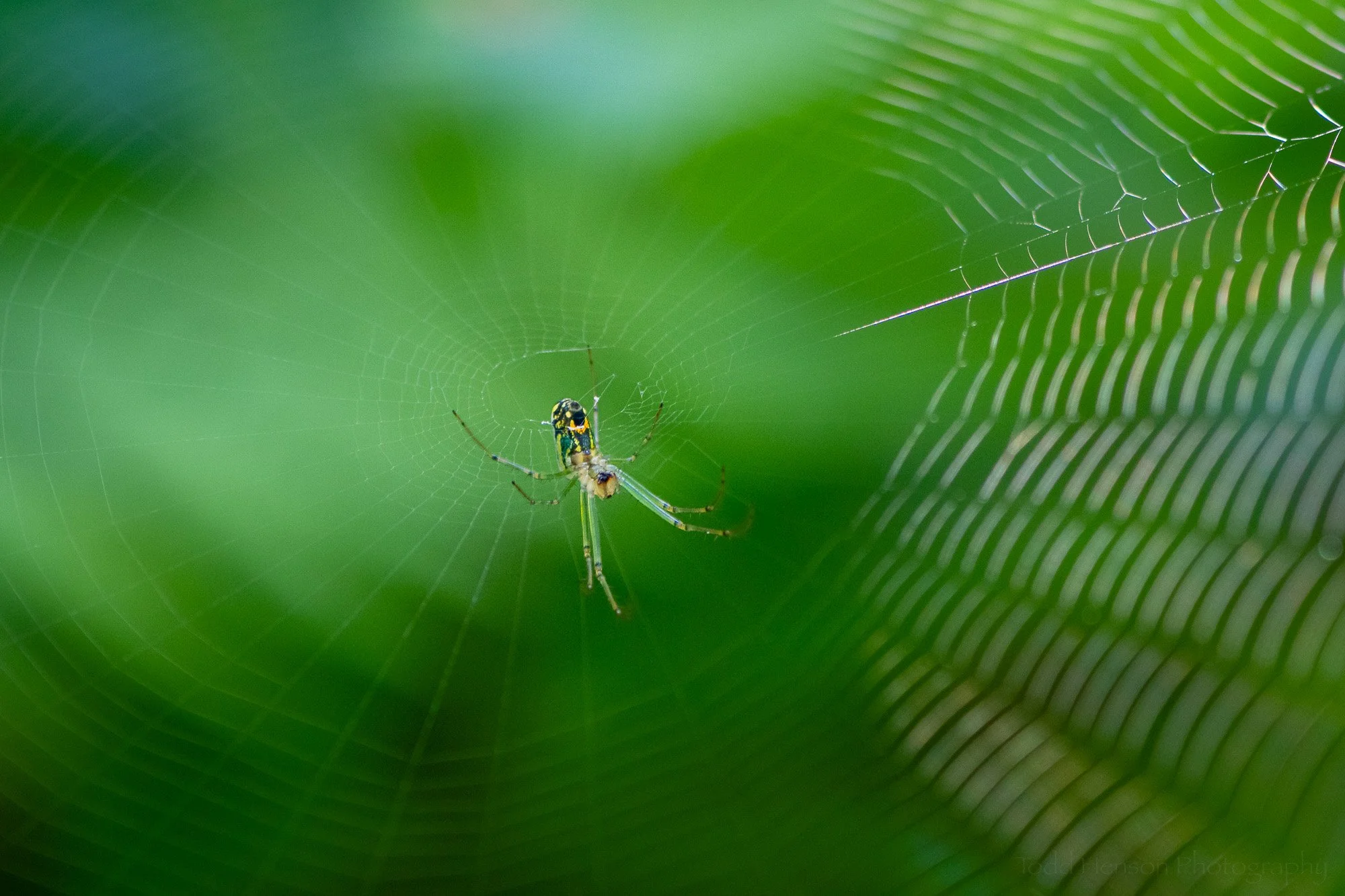In autumn most of the forest floor is the brown of fallen leaves. But there are still patches of color, mostly shades of green, sticking up every so often through the brown. I’ve gathered together a small collection of photos from one hike through Prince William Forest Park on October 29th, 2023, that show some of these greens and browns along the ground. I hope you enjoy them.
Fan Clubmoss
One of the common plants that remains green late in the year is fan clubmoss with its distinctive fan shape. It tends to grown very low to the ground and spreads out all over the forest floor.
Fan clubmoss spreads across the leaf-covered ground
Fan clubmoss and beech leaves (and a couple red oak)
Tree Clubmoss
Not quite as common in these woods is tree clubmoss, which grows taller than fan clubmoss and is far less smooth. In fact, the combination of the sharper bristles and the tall yellow stalks make it one of the plants sometimes used to create Christmas wreaths and other greenery. On one trail you can find fan clubmoss on one side and tree clubmoss on the other with the trail seemingly the dividing line between the two.
A field of tree clubmoss
Looking down on tree clubmoss
Delicate Fern Moss
What struck me about this scene was the beautifully delicate green fern patterns growing out of a hole in the fallen tree. Delicate fern moss is a very appropriate name. Sadly, I didn’t quite nail the focus with this image, but it still conveys the wonderful patterns and color.
The beautiful green patterns of delicate fern moss grow from a hole in a fallen tree
Partridge Berry
And speaking of color, it’s not at all uncommon to see the darker green leaves of partridge berry vining their way over other greenery like moss and lichen. And of course the bright red berries are an extra treat, especially when seen against all that green.
A bright red partridge berry with its darker green leaves set against lighter greens and brown leaves
Quartz
And let’s not forget the geology of this forest, one with plenty of quartz underground and sometimes poking out for us to appreciate. Here we see examples of quartz surrounded by leaves and some bits of greenery.
A wide view of quartz, leaves, moss and lichen
A quartz closeup
Autumn and winter often lead to less color in the landscape, but that doesn’t mean there’s no color. We just need to look a little closer to see it. And when we see it, to appreciate it.
Thanks for reading.
Do you enjoy these posts?
Sign up to receive periodic emails with updates and thoughts. Don’t worry, I won’t spam you. And please consider purchasing artwork or products from my online store, and using my affiliate links in the sidebar to the right when shopping online.
I appreciate your support!





